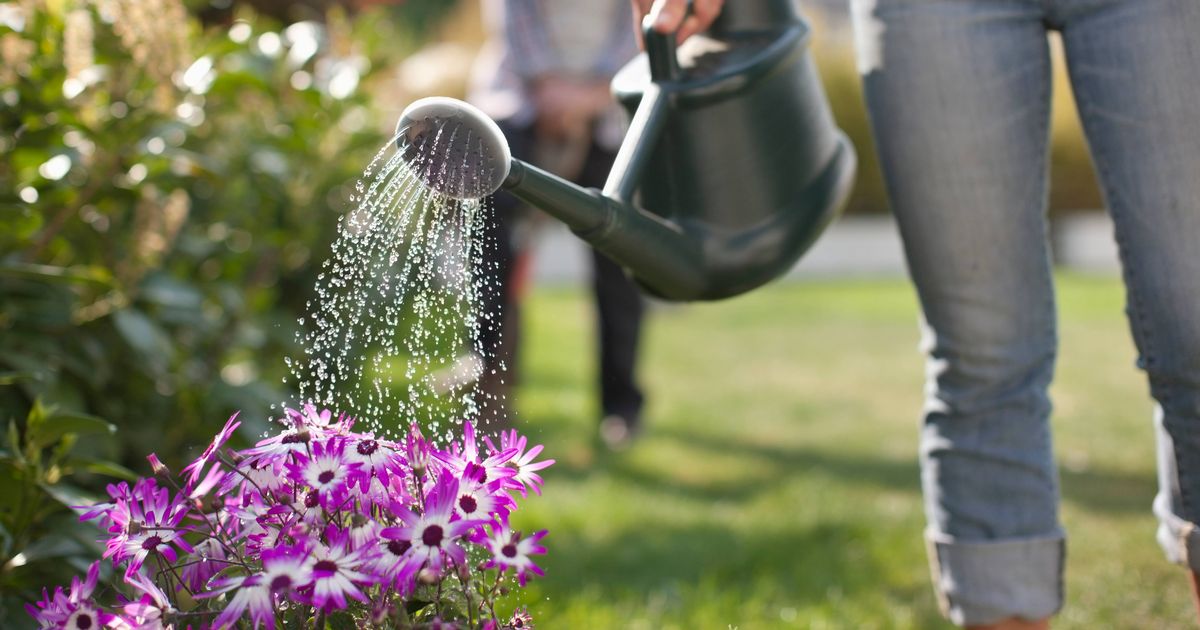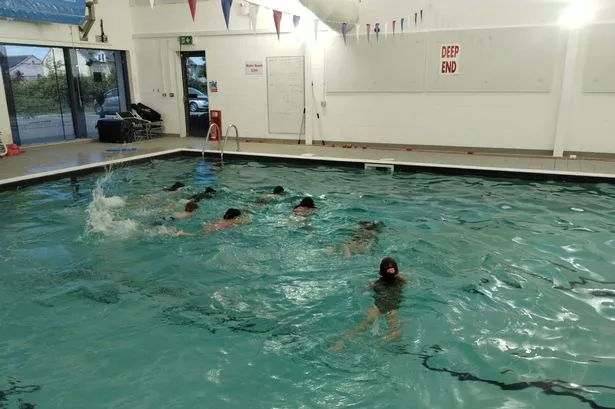Gardeners are being urged to keep watch over their flowers in the course of the heatwave – with some specific favourites extra vulnerable to warmth than others. A florist has shared a brand new watering methodology
Because the solar belts down on Britain, backyard fanatics are being suggested to pay shut consideration to their blooms.
Famend florist David Denyer from Eflorist highlights the necessity for further vigilance in the course of the summer time season.
He highlighted that in hovering temperatures, vegetation with large mild flowers or superficial roots might be in danger.
Basic UK backyard picks, resembling hydrangeas and peonies, could undergo wilting or burn, whereas each begonias and roses have a low tolerance for excessive warmth.
Notably weak are newly bedded vegetation that have not but firmly established their root methods, stories the Categorical.
For these anxious concerning the influence of the sweltering warmth on their gardens, David has supplied his foremost steering on holding flora thriving. His recommendation begins by recommending watering at optimum occasions.
His suggestion: “Water earlier than 9 am or after 7 pm.
“Noon solar evaporates water rapidly and might even scorch foliage. Morning watering is good. It provides the soil time to soak up the moisture earlier than warmth units in.”
Additional to this, David stresses the significance of making certain efficient watering strategies.
He advises, “Floor watering would not reduce it. Deal with sluggish, deep watering on the base of vegetation. For containers, ensure water reaches the roots by soaking the soil totally.”
In case your vegetation are wilting within the warmth, think about giving them some shelter.
Gardening professional David suggested: “Transfer potted vegetation to shaded patios, beneath timber, or behind taller vegetation. Use backyard fleece, parasols, and even an outdated sheet to defend delicate flowers for the day.”
David additionally advised clustering potted vegetation to minimise water loss.
“This reduces the speed of evaporation and creates a mini microclimate to maintain soil cooler and moister for longer.”






